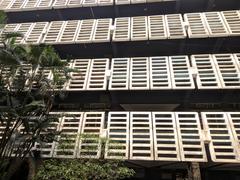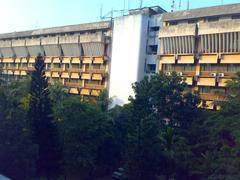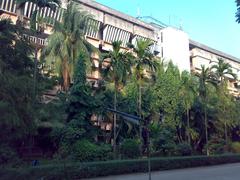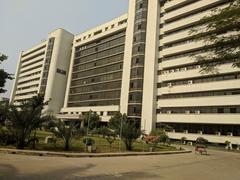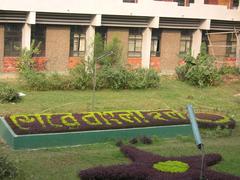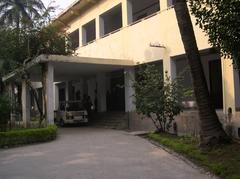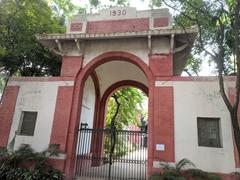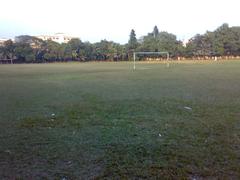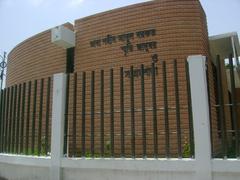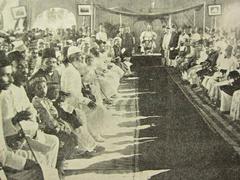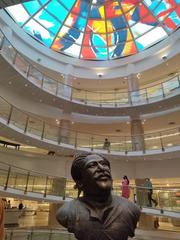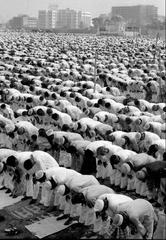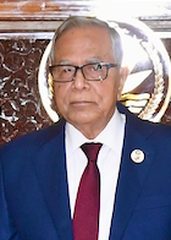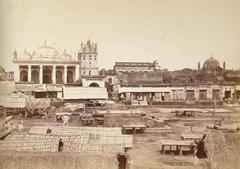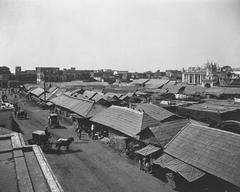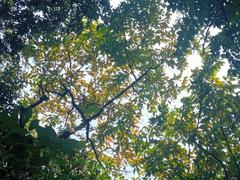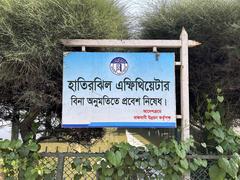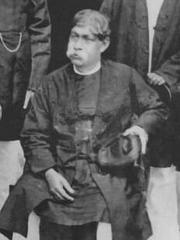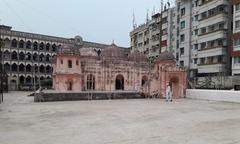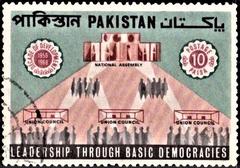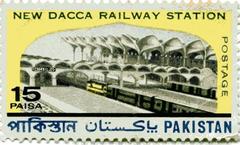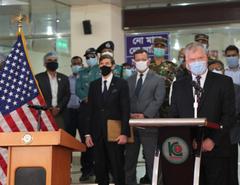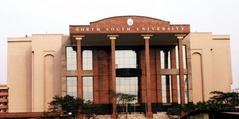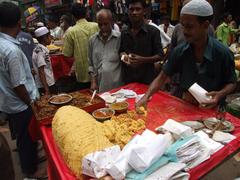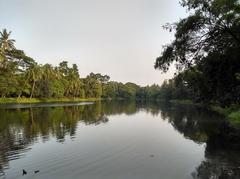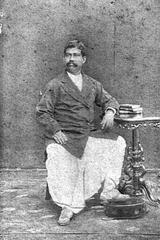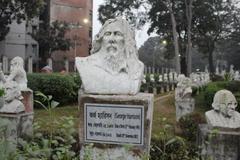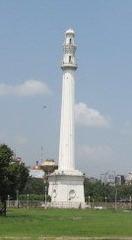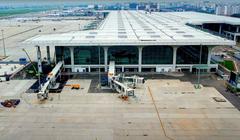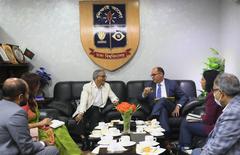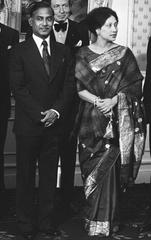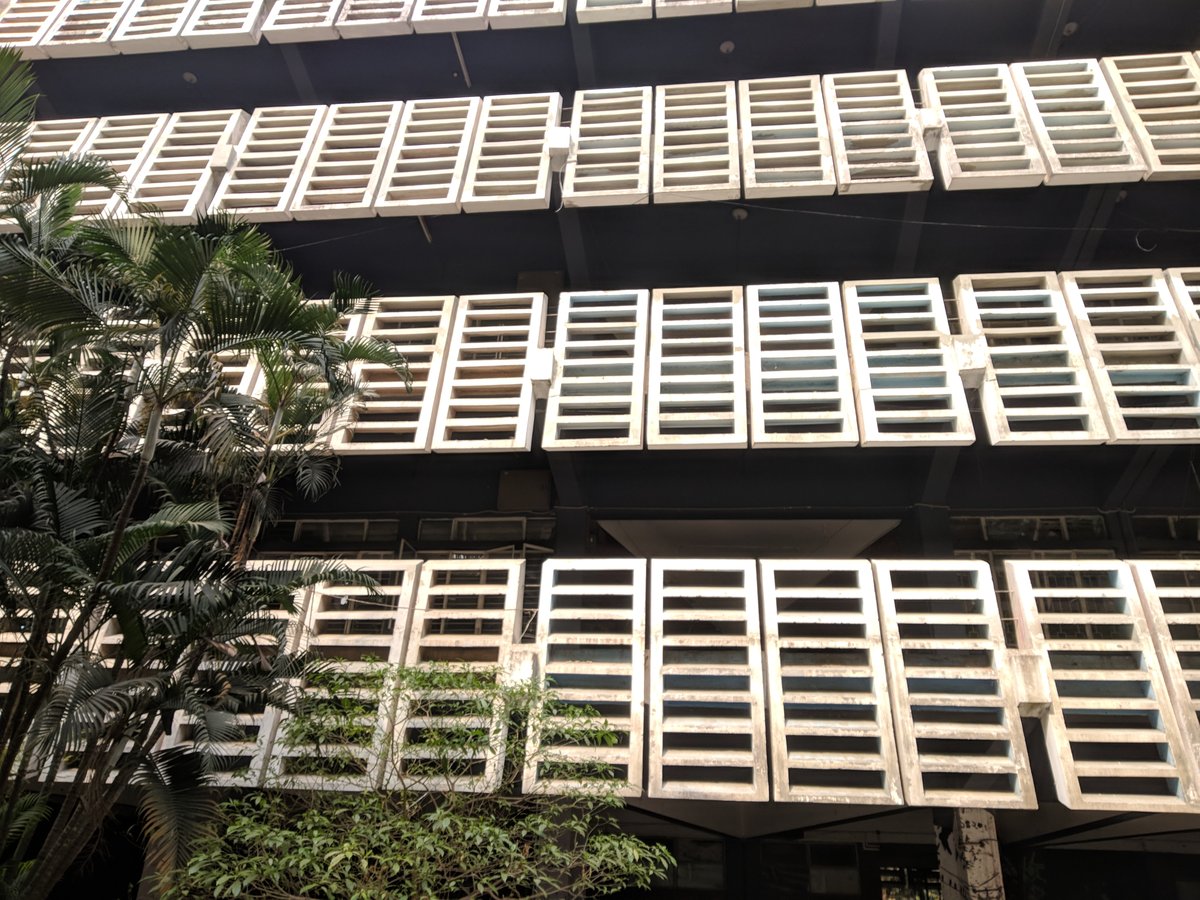
BUET Visiting Hours, Tickets, and Dhaka Historical Sites Guide
Date: 14/06/2025
Introduction to BUET and Its Significance in Dhaka
The Bangladesh University of Engineering and Technology (BUET) stands at the heart of Dhaka as the nation’s premier institution for engineering and technological education. Established in 1876 as the Dhaka Survey School, BUET has developed over nearly 150 years into a center of academic excellence, innovation, and cultural pride. The university’s progression from the Ahsanullah Engineering School to its current university status in 1962, with a pivotal renaming post-independence in 1971, marks its central role in the advancement of Bangladesh’s infrastructure and higher education (BUET History).
BUET’s campus, spanning 67 acres, features modern academic facilities, tranquil green spaces, and landmarks such as the Central Shaheed Minar, a monument commemorating the Language Movement martyrs of 1952 (BUET Campus Guide). This guide is designed to offer practical and comprehensive information for prospective students, researchers, and tourists, including details on campus visiting hours, admission protocols, visitor guidelines, and cultural etiquette.
Admission to BUET is highly competitive, with around 1,900 undergraduates admitted annually, based on merit in Physics, Chemistry, and Mathematics (BUET Admission Overview; BUET Admission Circular). The university is open to visitors on weekdays from 9:00 AM to 5:00 PM, though prior permission is generally required to maintain campus security and academic integrity (CollegeVorti).
Visitors can also explore nearby historical landmarks, including Lalbagh Fort, Ahsan Manzil, and the University of Dhaka, which collectively illuminate Dhaka’s rich architectural and cultural tapestry (Lalbagh Fort Guide; Ahsan Manzil). Practical travel advice—including cultural etiquette and transportation options—ensures a smooth and respectful visit (DiscoverWalks).
This guide is your reliable companion for planning a memorable and informative visit to BUET, whether you are an aspiring student, academic visitor, or cultural explorer.
Table of Contents
- Introduction
- Historical Overview and Significance
- BUET Campus Highlights and Cultural Significance
- Visitor Information: BUET Campus Visits
- Comprehensive Guide to BUET Admission Process and Student Life
- Visitor Information and Cultural Etiquette
- Visiting Hours and Access
- Tickets and Guided Tours
- Navigating Campus & Transportation Options
- Nearby Tours and Historical Sites
- Dress Code and Presentation
- Etiquette and Social Interaction
- Safety, Health, and Practical Tips
- Interaction with Students and Faculty
- Accessibility and International Visitor Info
- Emergency Contacts
- Frequently Asked Questions (FAQs)
- Conclusion and Call to Action
Historical Overview and Significance
Origins and Early Development
BUET began in 1876 as the Dhaka Survey School, initially training surveyors for the Government of Bengal (BUET History). By 1912, it evolved into the Ahsanullah Engineering School, offering diploma courses in Civil, Electrical, and Mechanical Engineering, laying the foundation for engineering education in the region.
Following the partition in 1947, it became Ahsanullah Engineering College, relocated to the Palashi area, and became affiliated with the University of Dhaka, introducing four-year bachelor’s degrees in core engineering disciplines.
Transition to University Status
With growing industrial demands, the college phased out diploma courses by 1958. Achieving university status in 1962 as East Pakistan University of Engineering and Technology (EPUET), BUET introduced postgraduate programs and expanded research (BUET History).
Post-Independence Growth and Renaming
After Bangladesh’s independence in 1971, EPUET was renamed BUET. The university expanded its academic faculties and developed key infrastructure, including the Central Library and Auditorium, supporting an increasingly vibrant academic environment (BUET History).
Academic Excellence and National Impact
BUET is widely recognized as Bangladesh’s top engineering university, with a highly rigorous admission process and a diverse range of undergraduate and postgraduate programs in fields such as Civil, Electrical, Mechanical, Computer Science, Architecture, and Urban Planning (BUET Programs). Its graduates and faculty contribute significantly to Bangladesh’s national development through research and leadership in various sectors (BUET History).
BUET Campus Highlights and Cultural Significance
BUET’s 67-acre campus in central Dhaka’s Palashi area features modern academic buildings, student dormitories, sports facilities, and a scenic lake (BUET Campus Guide). The Central Shaheed Minar, an iconic monument, commemorates the Language Movement of 1952 and stands as a symbol of national pride.
The Central Library serves as a vital research hub, while the Auditorium Complex hosts academic and cultural events. The campus’s architectural and historical landmarks make it a key destination for visitors interested in Bangladesh’s educational heritage.
Visitor Information: BUET Campus Visits
Visiting Hours and Admission
- Hours: BUET is open to visitors from 9:00 AM to 5:00 PM, Sunday to Thursday. The campus is closed on Fridays and public holidays.
- Admission: There is no admission fee, but certain academic buildings may restrict entry. Visitors must respect university rules and ongoing academic activities.
Guided Tours
Although BUET does not offer routine public guided tours, prospective students and groups may arrange visits through the university’s admissions office. These tours typically focus on academic departments and campus highlights.
Accessibility and Travel Tips
- Transport: BUET is accessible via public transport, rickshaws, and ride-sharing services. Parking is limited—public transport is recommended.
- Accessibility: Major campus buildings have ramps and elevators for wheelchair access.
Nearby Attractions
Expand your visit by exploring nearby historical and cultural sites:
- University of Dhaka: Historic campus with architectural landmarks.
- Lalbagh Fort: 17th-century Mughal fort.
- Ahsan Manzil: The Pink Palace, a relic of Dhaka’s Nawabi heritage.
Frequently Asked Questions (FAQs)
Q: What are BUET’s visiting hours?
A: Sunday to Thursday, 9:00 AM to 5:00 PM; closed Fridays and public holidays.
Q: Is there an admission fee?
A: No, campus entry is free.
Q: Are guided tours available?
A: Group tours can be arranged in advance via the admissions office.
Q: What are the best photo spots?
A: The Central Shaheed Minar, Central Library, and campus lake are popular.
Legacy and Continuing Prestige
BUET maintains a tradition of academic excellence and innovation. Its alumni play influential roles in Bangladesh and abroad, and ongoing modernization ensures BUET remains a leader in South Asian engineering education.
Lalbagh Fort: Dhaka’s Mughal Heritage

Lalbagh Fort is a striking 17th-century Mughal fort in central Dhaka. Initiated in 1678 by Mughal Subahdar Muhammad Azam Shah, construction was never fully completed. The site includes lush gardens, mosques, tombs, and a museum, all reflecting intricate Mughal architecture and landscaping. Today, Lalbagh Fort is one of Dhaka’s top tourist attractions (Lalbagh Fort Guide).
Visitor Information
- Hours: Open daily, 9:00 AM – 5:00 PM (last entry 4:30 PM).
- Tickets: BDT 20 for locals, BDT 200 for foreigners; children under 12 and seniors over 65 enter free.
- Accessibility: Wheelchair ramps at key entrances.
- Guided Tours: Available in English and Bengali, book onsite or via the tourism board.
- Photography: Permitted; professional equipment requires prior approval.
Nearby Attractions
- Ahsan Manzil: The Pink Palace, just 2 km away.
- Dhakeshwari Temple: Important Hindu temple in Dhaka.
- National Museum of Bangladesh: Showcasing the nation’s artifacts.
Travel Tips
- Visit early to avoid crowds and heat.
- Wear comfortable shoes; carry water and sun protection.
- Prefer public transport or rickshaws due to limited parking.
Comprehensive Guide to BUET Admission Process and Student Life
Admission Process and Requirements
Admission to BUET is intensely competitive. Applicants need:
- Minimum GPA of 4.00 in both SSC and HSC, with Physics, Chemistry, and Mathematics (BUET Admission Circular).
- International applicants: Up to 26 seats, with specific quotas and English proficiency (IELTS 6.0/TOEFL 60) (universityadmissionbd.com).
Application:
Apply online via BUET’s website, uploading a recent photo, digital signature, certificates, mark sheets, and ID (gstadmissionbd.com). International applications must go through the applicant’s Ministry of Foreign Affairs.
Admission Test:
Consists of Physics, Chemistry, and Mathematics. Admission is strictly merit-based, with details and dates posted on the official website.
Document Verification & Orientation:
Selected candidates must present originals for verification and attend orientation sessions introducing campus resources.
Postgraduate Admissions:
Require a relevant bachelor’s degree, strong academic record, and sometimes a test or interview. International students must prove English proficiency.
Student Life
Campus Facilities:
- Central Dhaka location with easy access to transport.
- Modern academic buildings and labs.
- Central library with digital and physical collections.
- Residential halls for men and women.
- Medical center and student welfare services.
- Campus-wide Wi-Fi and e-learning resources.
Academic Culture:
BUET encourages practical learning, research, and innovation. Students participate in competitions, research projects, and industry collaborations.
Clubs and Societies:
- Technical societies (IEEE, ASME, etc.)
- Cultural, drama, music, and debate clubs.
- Sports facilities and events.
- Volunteering and community service groups.
Residential Life:
Separate halls for men and women offer dining, common rooms, and recreational events.
Support Services:
Medical care, counseling, career guidance, and library assistance are available to all students.
International Student Support:
Dedicated international societies and services help with academic and cultural integration.
Career Prospects:
BUET graduates are highly sought after in Bangladesh and abroad, with strong job placement and research opportunities (edurank.org).
Visitor Information and Cultural Etiquette for BUET
Visiting Hours:
Sunday to Thursday, 9:00 AM – 5:00 PM. Closed Fridays and public holidays. Always secure prior permission (CollegeVorti).
Security:
Carry valid photo ID. Sign in at campus security points.
Tickets and Tours:
No entry fee. Tours must be arranged in advance for groups or special events.
Transportation:
Rickshaws, CNGs, and ride-sharing apps like Pathao and Uber are recommended (TravelTomTom). Limited on-campus parking.
Nearby Sites:
- University of Dhaka
- Lalbagh Fort
- Ahsan Manzil
Dress Code:
- Men: Cotton shirts/trousers; shorts/sleeveless discouraged.
- Women: Modest attire covering shoulders and knees.
- In religious areas: Cover head, remove shoes (DiscoverWalks).
Cultural Etiquette:
- Greet with a nod or handshake; address elders respectfully (Commisceo Global).
- Use polite language; basic Bangla phrases appreciated.
- Always ask before taking photos of people.
- Gifts: Sweets and chocolates are welcome; avoid alcohol and white flowers (Bangladesh.com).
Health and Safety:
- Drink only sealed bottled water; keep vaccinations updated.
- Be vigilant in crowded areas; carry ID at all times.
- Prepare for hot, humid weather and sudden rain.
Accessibility:
- Wheelchair-friendly campus.
- English signage in academic zones.
- ATMs accepting international cards nearby.
Emergency Contacts:
- On-campus security at all gates.
- Medical center onsite; major hospitals nearby.
- Register with your embassy if international.
Summary of BUET Visit Tips and Key Information
Visiting BUET provides a unique opportunity to experience Bangladesh’s foremost engineering university, blending tradition, innovation, and cultural richness (BUET History). The well-maintained campus, iconic landmarks, and engaging academic community offer an enriching experience (BUET Campus Guide). Remember to secure permission, follow campus guidelines, and respect local customs (CollegeVorti).
With BUET’s central location, you can also explore Dhaka’s historical gems like Lalbagh Fort and Ahsan Manzil (Lalbagh Fort Guide; Ahsan Manzil), adding cultural context to your visit. For aspiring students, understanding the competitive admission process and dynamic student life will help prepare for success (BUET Admission Circular).
Plan ahead, adhere to campus protocols, and leverage resources like the Audiala app for maps, updates, and tips. Whether your visit is academic or cultural, BUET remains a must-see destination, reflecting Bangladesh’s educational heritage and its role in shaping the future.
Sources and Further Reading
- BUET History
- BUET Admission Overview
- BUET Programs
- BUET Admission Circular
- CollegeVorti
- Lalbagh Fort Guide
- Ahsan Manzil
- DiscoverWalks
